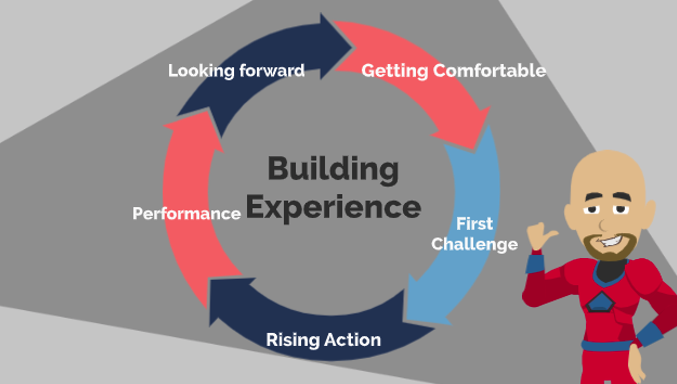Personal Trainers increasingly have to train clients who suffer from pain but have medical experts telling them that they can continue to train. Often training is beneficial to them. This blog is a quick delve into how you might want to approach training a client in pain.
First, it is essential to understand what pain is and maybe, what pain isn't.

I might take exception to the emotion being in the brain and change that to being an experience of the whole body, interpreted by the brain. A brief description of how this happens is as follows -
- Stimulant/Trigger (acting on the body, triggered by the brain, both)
- Physical Reaction (a change in the muscle, physiology, and physical state)
- Brain Interpretation (a feeling based on the environment, history, prediction, guesswork, mood, etc.)
This feeling, if it continues, will start to magnify and can cause some permanent changes in the way the client experiences pain. We discuss this more in our courses.

Here is a list of different types of pain,
- Acute – Specific reason under 12 weeks
- Chronic – Over 12 weeks non-specific
- Referred – Away from origin / Organs
- Myofascial – Specific spots or areas
- Muscular – Sprain, Strain, Overuse
- Neuropathic – Neuron dysfunction
- Phantom – Pain in body parts you don't have
We probably only deal with clients who have referred pain, muscular pain, and chronic pain from these different pains. These pains have other descriptions which are essential to know.
- Sharp – Musculoskeletal Trauma
- Burning Tingling – Neural
- Stretching – Muscular Feedback
- Deep Aching – Muscular Feedback
- Stabbing – Vertebral
- Deep Boring / Grinding – Bone / Joints
In our Injury and Pain courses, we talk about this in more detail, the importance of words used to describe pain, and how we can help clients by changing their language.
This blog is about helping you, though, focusing on programming exercises for the client.
Programming requires the client to improve their experience of different triggers for the pain. We need a system where the client positively remembers the exercise as fun and something they do well. To do this, we use a story structure to build the programme.
The story structure appears to be the best way to get feelings to sit to allow the client to remember the experience positively. Here is a diagram of this, with me dressed as a superhero for no real reason.

At this point, I have jumped to the conclusion that you have already established the client's movement goal, outside of not feeling pain. If you have not done this, then it is something that I recommend you do.
Pain is a hurdle when pursuing the primary goal rather than being the main focus of the training.
For each component of the programme design, shown in the diagram above, I would use a game. Games help to provide a distraction and give targets outside the body and away from the pressure of form. Using games and unusual training tools is something that Ollie uses very well.
Featured in Games for Pain, a short course on building games for suffering clients, we broke games down into four categories. Rules for games allow us to build the correct intensity for the client to achieve results.
We make the movement required to complete the task, one that is pain-free or as close as we can get, yet challenges the client to get into positions and activities that they fear.
Here is a diagram to show the four components of building a game.




